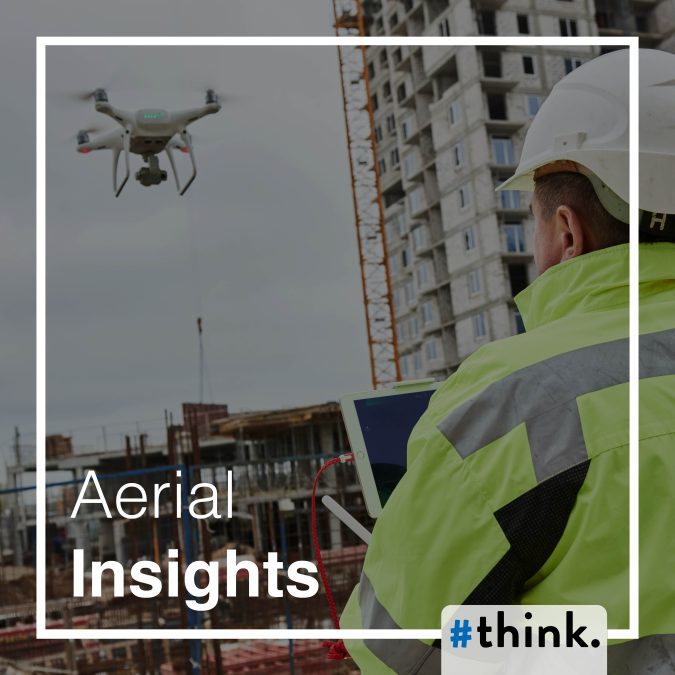In today’s rapidly evolving technological landscape, the integration of drones has revolutionised various industries, offering unparalleled perspectives and insights. Among the myriad of applications, one area where drones have particularly excelled is in surveying. Traditional surveying methods, while effective, often present challenges in terms of accessibility, cost, and efficiency. Enter drone survey technology – a game-changer that has transformed the way we collect data, analyse terrain, and make informed decisions across a spectrum of sectors.
The Rise of Drone Surveys
Drone surveys, also known as aerial surveys or UAV (Unmanned Aerial Vehicle) surveys, involve the use of drones equipped with advanced sensors and imaging technologies to capture high-resolution aerial imagery and data. This data is then processed to generate detailed maps, 3D models, and topographic surveys with remarkable accuracy.
One of the primary advantages of drone surveys lies in their ability to access remote or hazardous areas that would otherwise be challenging or unsafe for human surveyors to navigate. Whether it’s rugged landscapes, expansive construction sites, or inaccessible infrastructure, drones can effortlessly soar above, capturing comprehensive data with precision and efficiency.
Precision Mapping and Beyond
At the heart of drone survey technology lies precision mapping – the process of creating detailed, geo-referenced maps and models of an area of interest. By utilising drones equipped with high-resolution cameras, LiDAR (Light Detection and Ranging) sensors, and GPS (Global Positioning System) receivers, surveyors can capture data with exceptional accuracy and detail.
From construction and engineering projects to environmental monitoring and land management, the applications of drone surveys are vast and diverse. In construction, drones are employed to monitor progress, track inventory, and conduct site inspections, facilitating smoother project management and cost-effective decision-making. In agriculture, drones equipped with multispectral cameras can analyse crop health, detect irrigation issues, and optimise yields through precision farming techniques.
Efficiency and Cost Savings
One of the most compelling benefits of drone surveys is their ability to streamline workflows and reduce operational costs. Compared to traditional surveying methods, which often involve labor-intensive fieldwork and lengthy data processing times, drone surveys offer a faster and more cost-effective solution.
By automating data collection and leveraging advanced software for data processing and analysis, drone surveys can significantly accelerate project timelines and minimise downtime. This increased efficiency not only translates to cost savings but also allows for more frequent data updates and real-time decision-making, enhancing overall project outcomes.
Safety and Environmental Sustainability
In addition to their economic advantages, drone surveys also prioritise safety and environmental sustainability. By eliminating the need for ground-based surveyors to traverse hazardous terrain or navigate potentially dangerous environments, drones help mitigate risks and ensure the safety of personnel.
Furthermore, drones produce minimal environmental impact compared to traditional surveying methods, such as manned aircraft or ground vehicles, which can disrupt ecosystems and contribute to pollution. With their low carbon footprint and non-invasive operation, drones offer a more environmentally friendly alternative for aerial data collection.
Future Perspectives
As drone technology continues to evolve and improve, the potential applications of drone surveys are boundless. From disaster response and emergency management to infrastructure inspection and urban planning, drones are poised to play an increasingly integral role in shaping the future of surveying and spatial analysis.
Moreover, advancements in artificial intelligence and machine learning are enhancing the capabilities of drone surveys, enabling autonomous flight, real-time data analytics, and predictive modeling. This convergence of technology holds the promise of unlocking even greater aerial insights, empowering industries to make more informed decisions and achieve unprecedented levels of efficiency and precision.
Conclusion
In conclusion, drone survey technology represents a transformative force in modern-day surveying, offering unparalleled capabilities for data collection, analysis, and visualisation. By harnessing the power of drones, industries can unlock new perspectives, streamline workflows, and drive innovation across various sectors. As we look to the future, the sky’s the limit for the potential applications of drone surveys, ushering in a new era of aerial insights and exploration.

